
The slow fade of industry on Geary Avenue
Geary Avenue might be a candidate for Toronto's ugliest street. Running parallel to the CPR tracks north of Dupont, it starts at Ossington Avenue in the east and runs a short 1.4 kilometres before coming to an unceremonious end halfway between Dufferin Street and Lansdowne Avenue. A mix of commercial and residential properties, the street is defined by something of an identity crisis. Although its mixed use legacy goes back a hundred years, it remains remarkable to track just how many different types of businesses currently make Geary their home. Along with a variety of autoshops, here one finds a hydroponics outfit, a mixed martial arts training facility, a costume rental warehouse, a couple of Portuguese bakeries and a karaoke bar (to name only a few).
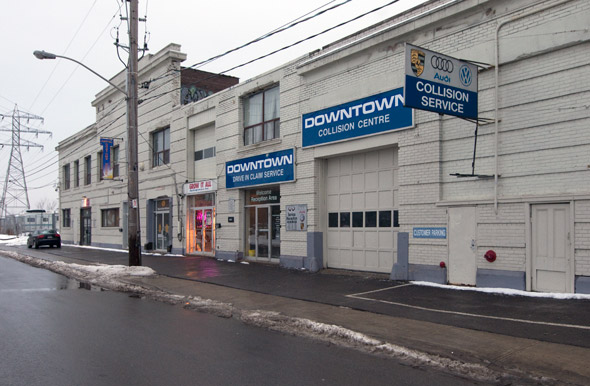
Much like suburban commercial plazas, Geary attracts a bit of everything except good architecture. While there are a few interesting looking buildings that remain from the early 20th century, for the most part, the street is marked by the anonymity of its structures. That's almost a shame considering the etymology of the street's name, which comes courtesy of former Toronto mayor, George Reginald Geary. But like the origin of its moniker, there's plenty of interest to be found on Geary Avenue should one care to take a closer look, which is exactly what I did last weekend.
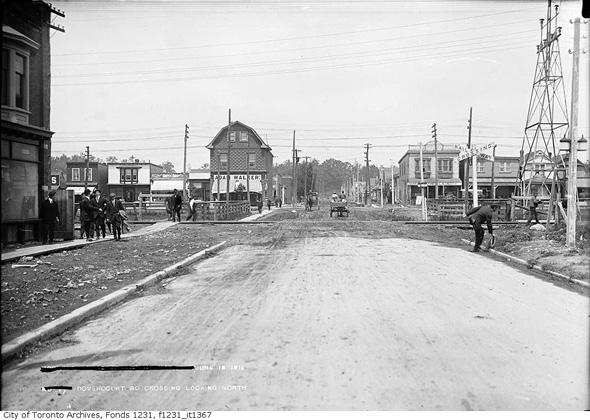
Taking a look at archival photos, one realizes that Geary wasn't always such an insular street. Prior to the building of the railway "subways" just north of Dupont, it was more connected to the busier thoroughfare below. But in the years that followed, it appears to have become something of an afterthought. To a great degree, this remains the case to this day.
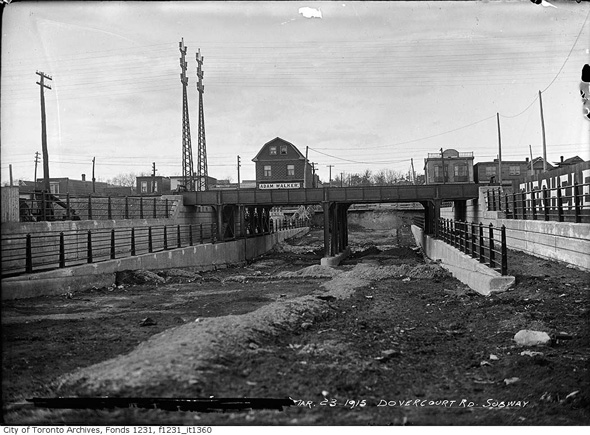
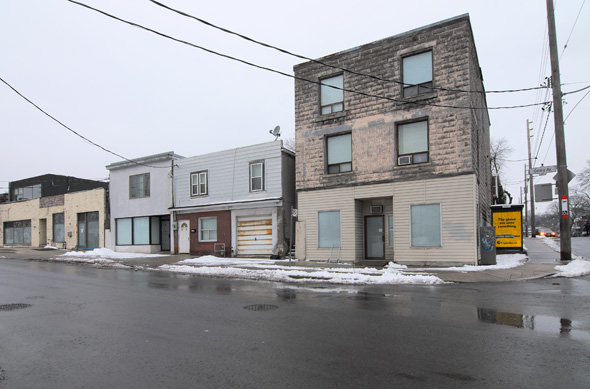
In the mid 1950s Geary's industrial character had yet to give way to mix of businesses it currently houses, and even today it doesn't look like much has changed when looking west toward Dufferin Street.
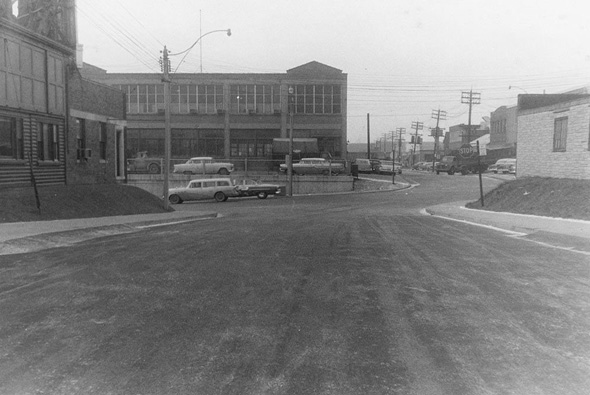
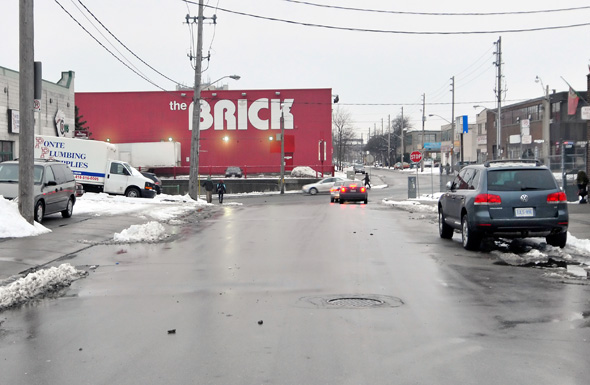
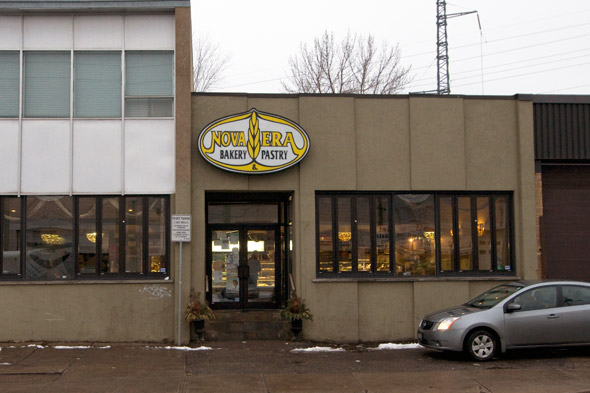
Part of the reason for this is that the buildings that house the restaurants, bars and bakeries are still ostensibly warehouse-like structures.
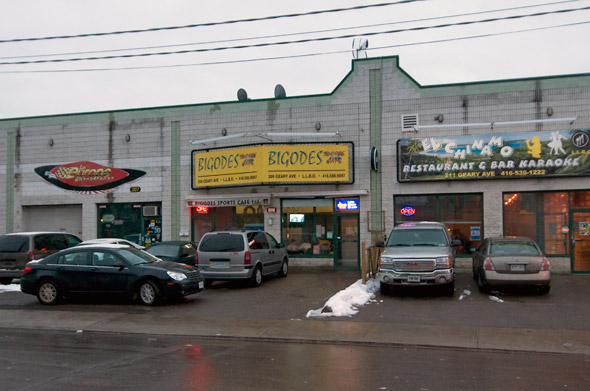
Where this architecture does give way to turn of the century houses, there remain signs that Geary ain't much to look at.
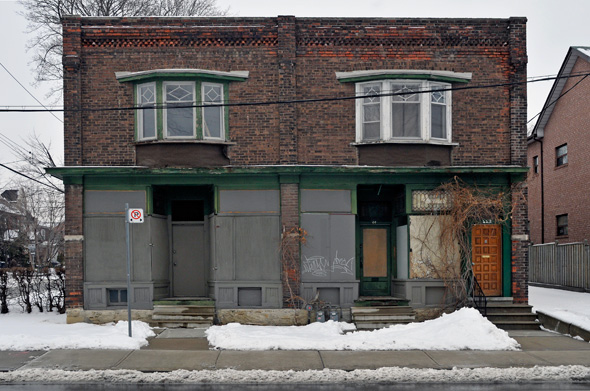
But from a photographic standpoint, there's always something compelling about places like this. Perhaps it's because the street looks and feels so different from everything around it, but spending an hour or two shooting it was worth the suspicious stares, the angry guard dogs and slushy streets.
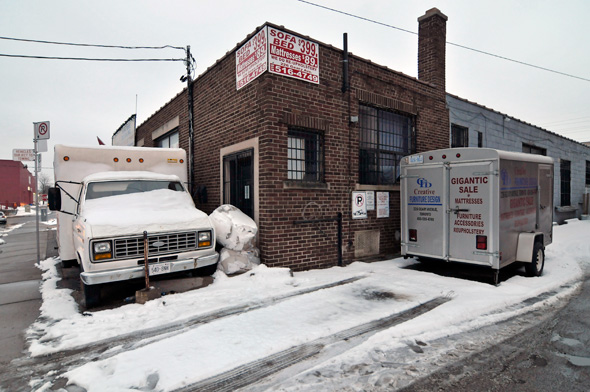
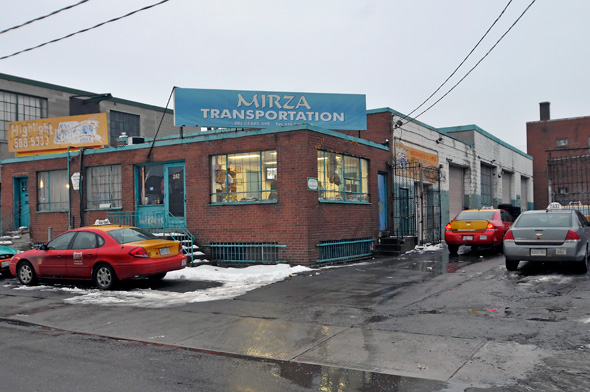
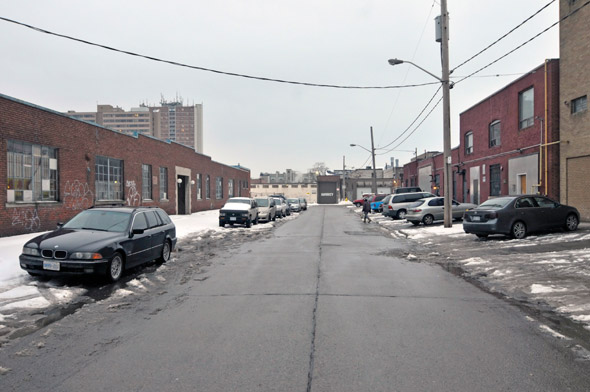
On a visual level, there's a sense that the city has turned its back on Geary, and this actually makes it all the more rewarding to explore.
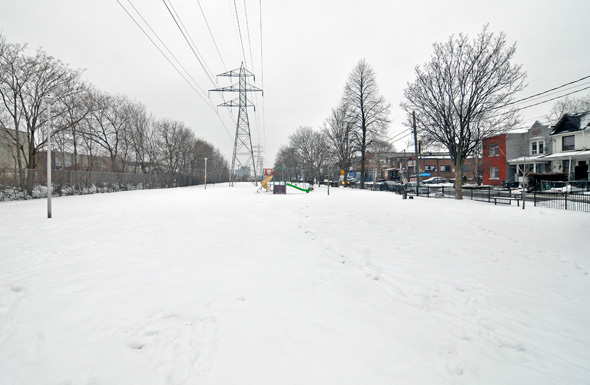
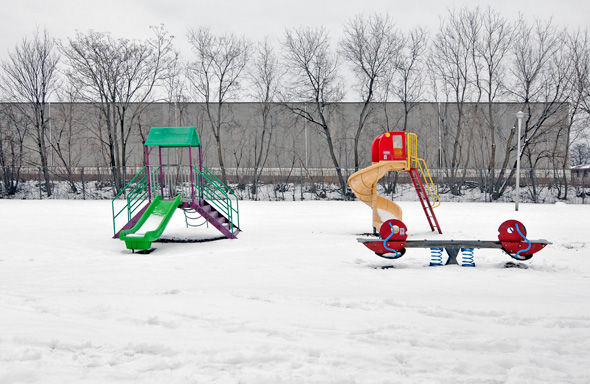
The anything goes vibe that one detects when examining the manner in which the street has developed over the years leads to the discovery of all sorts of oddities, like the little structure below. But there are also other features that make the street interesting, like the nondescript rehearsal spaces at its western reaches. Although not easy to spot visually, when the bands do their thing, it's pretty obvious what they're used for.
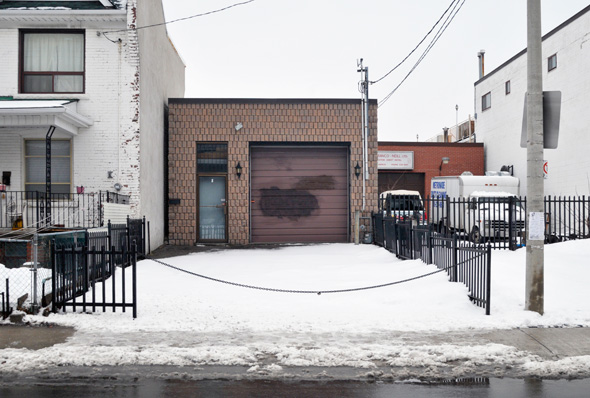
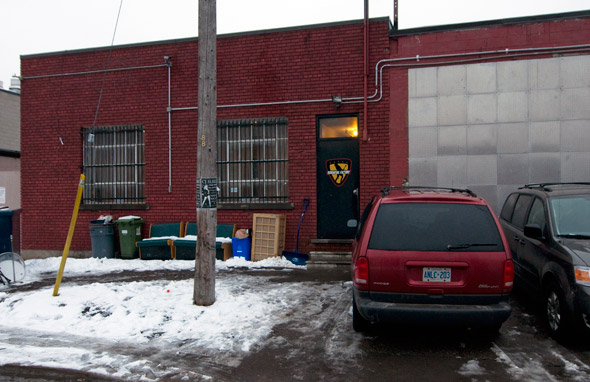
Even the putatively ugly elements of the street are enticing, if only because they're a challenge to capture in an interesting manner.
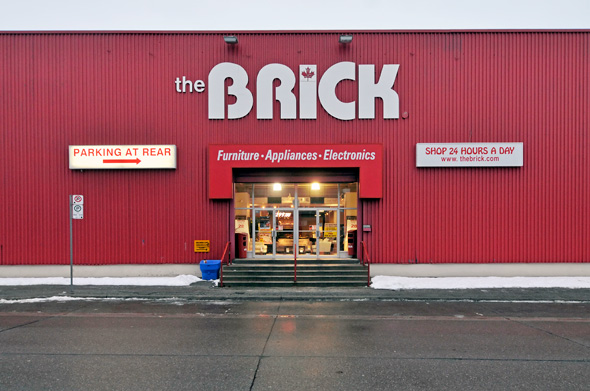
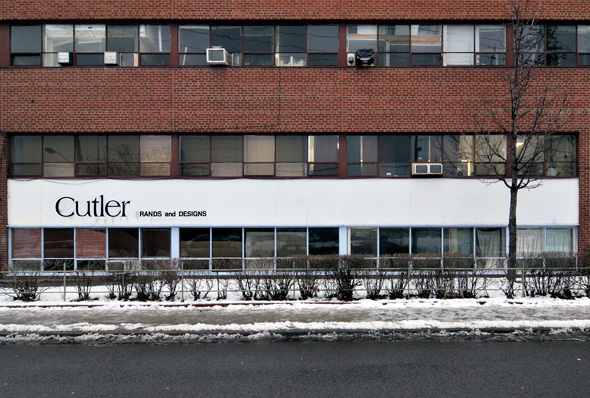
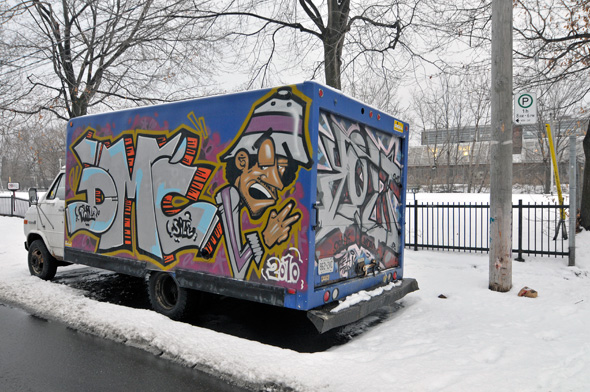
Despite its lingering presence throughout the city, it's easy to forget just how important the railway has been to Toronto's growth. But stretches like this one offer not-so-subtle reminders that industry grew up around the tracks.
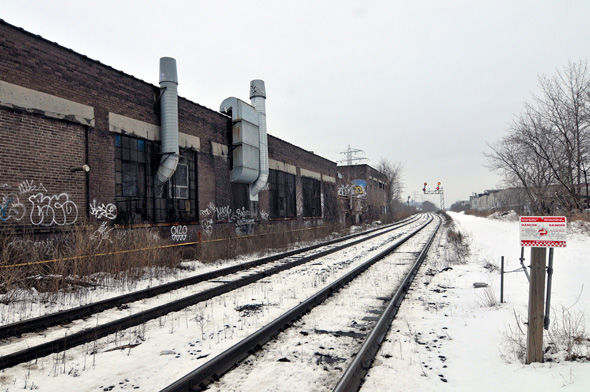
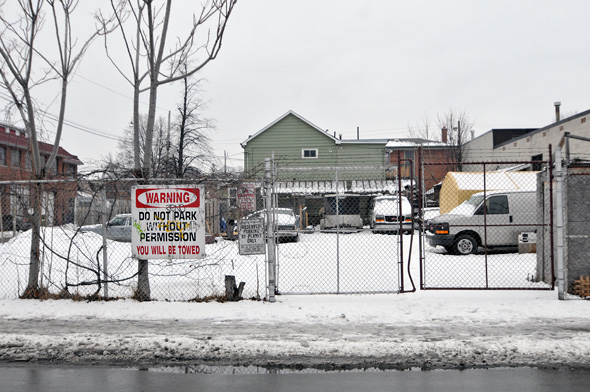
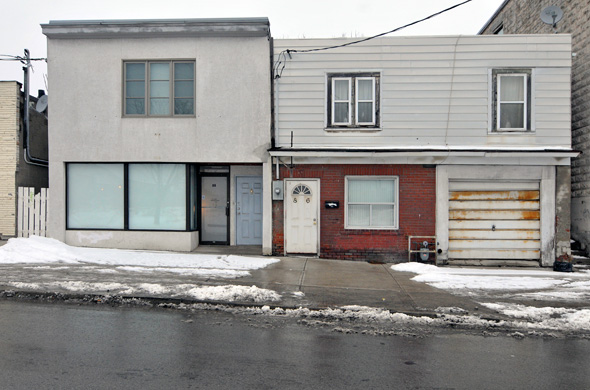
It's tough to know exactly what's next for Geary Avenue. One suspects that it'll continue its diversification, but things move slow here. No one's much interested in overhauling an industrial relic such as this, so it'll likely continue to attract an oddball mix of businesses in the years ahead.
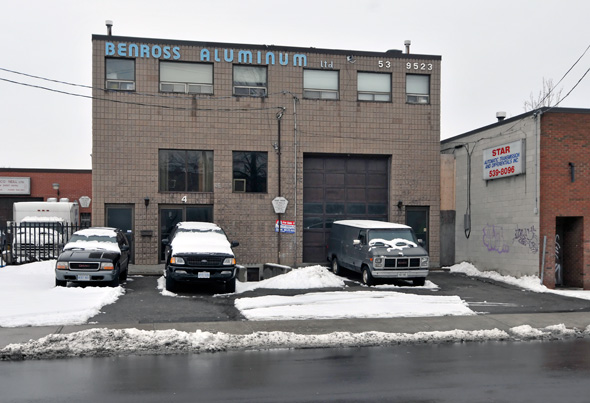
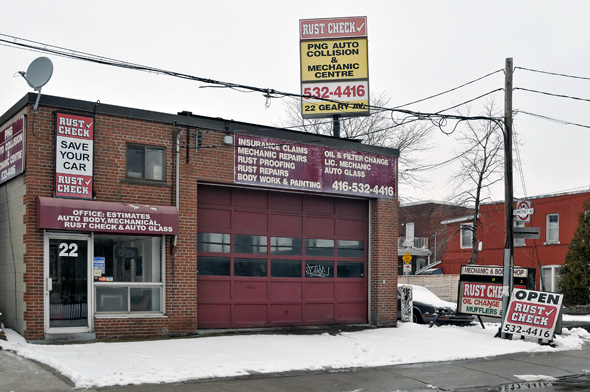
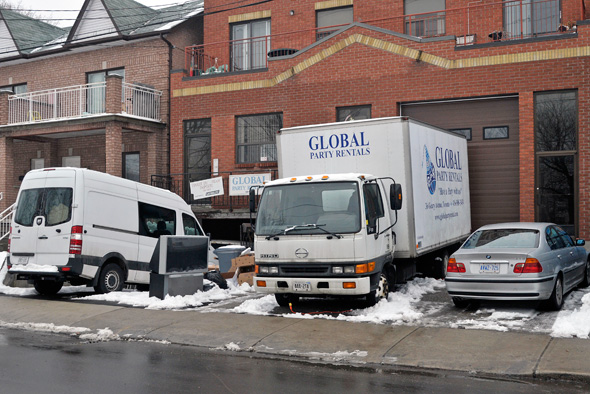
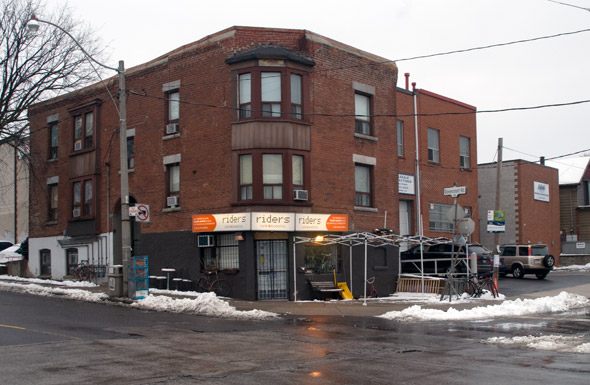
Historical photos from the Toronto Archives.
Latest Videos
Latest Videos
Join the conversation Load comments







